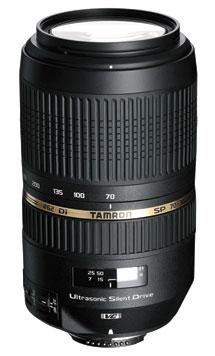Lens Reviews
Sort By: Post Date TitlePublish Date
|
Aug 09, 2012 |
First Published: Jul 01, 2012
|
Jun 15, 2012 |
First Published: May 01, 2012
|
Jun 06, 2012 |
First Published: May 01, 2012
|
May 16, 2012 |
First Published: Apr 01, 2012
|
Apr 11, 2012
|
Nov 22, 2011 |
First Published: Oct 01, 2011
|
Sep 23, 2011 |
First Published: Aug 01, 2011
|
Sep 15, 2011 |
First Published: Aug 01, 2011
|
Sep 14, 2011 |
First Published: Aug 01, 2011
|
Sep 09, 2011 |
First Published: Aug 01, 2011
|
Sep 08, 2011 |
First Published: Aug 01, 2011
|
Jul 12, 2011
|
Jun 01, 2011
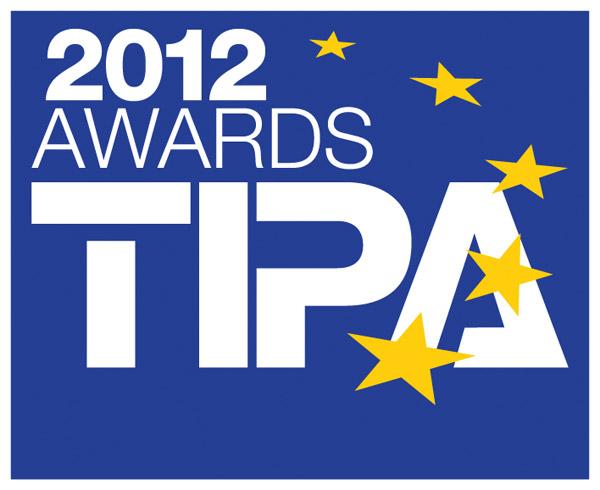
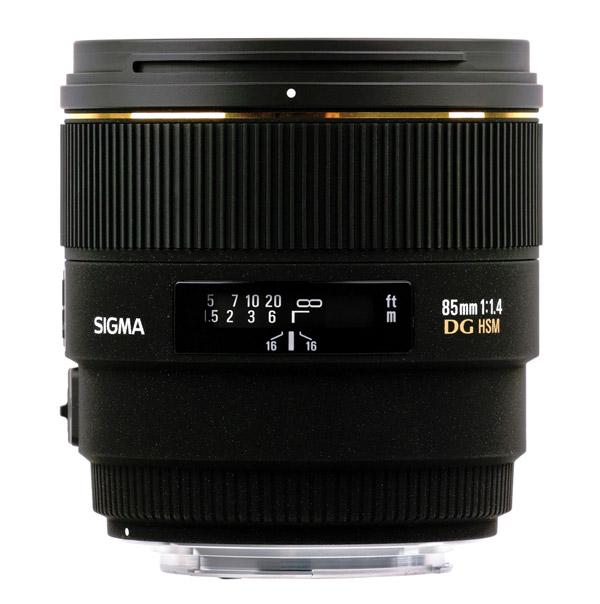
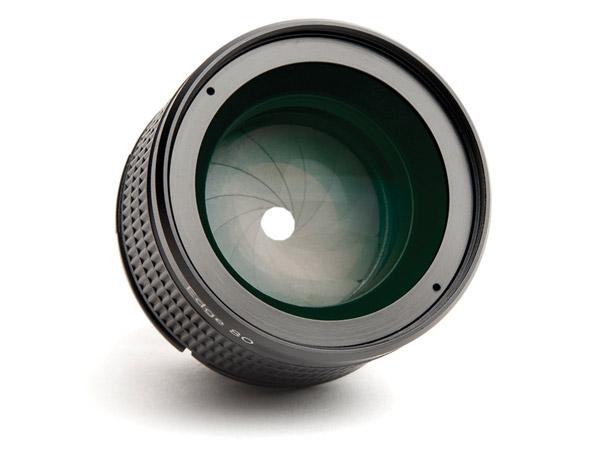
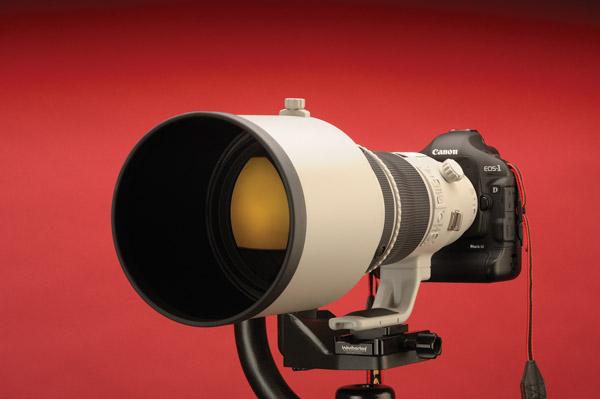

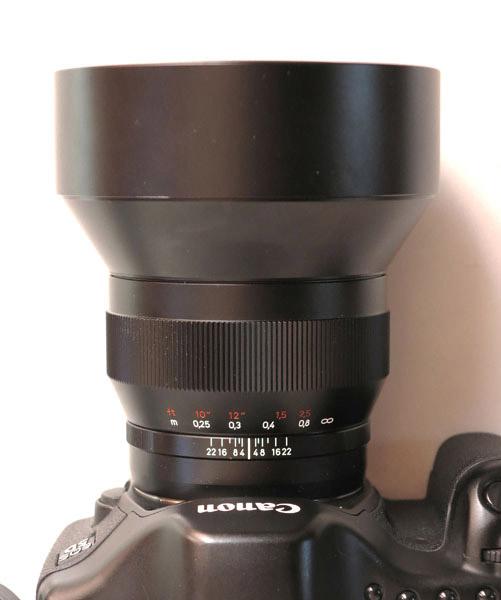
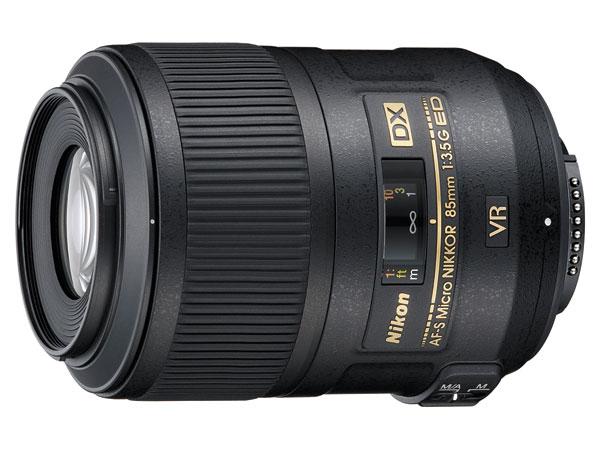

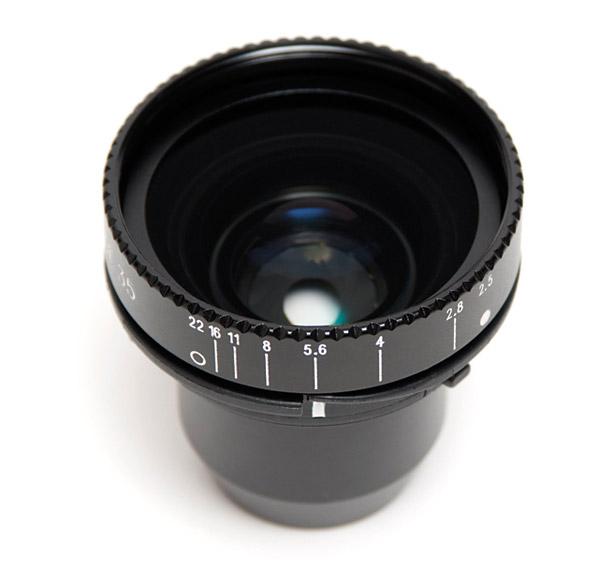
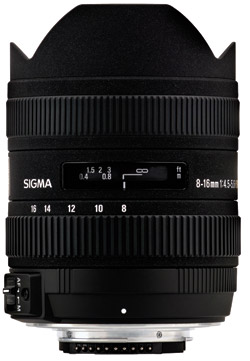 I really like extreme lenses. Extremely wide, extremely fast, and extremely long lenses will all allow you to create unique images that stand out from the crowd. When I heard about the Sigma 8-16mm lens I wanted to get my hands on one and start shooting, so I asked my editor if I could borrow one from Sigma for testing. He wanted to know what I was going to do with it, so naturally I told him: take portraits. You might, as he did, find this a little odd—taking portraits with a wide-angle lens, and a very wide lens at that. After all, don’t photographers usually use long lenses for portraits?
I really like extreme lenses. Extremely wide, extremely fast, and extremely long lenses will all allow you to create unique images that stand out from the crowd. When I heard about the Sigma 8-16mm lens I wanted to get my hands on one and start shooting, so I asked my editor if I could borrow one from Sigma for testing. He wanted to know what I was going to do with it, so naturally I told him: take portraits. You might, as he did, find this a little odd—taking portraits with a wide-angle lens, and a very wide lens at that. After all, don’t photographers usually use long lenses for portraits?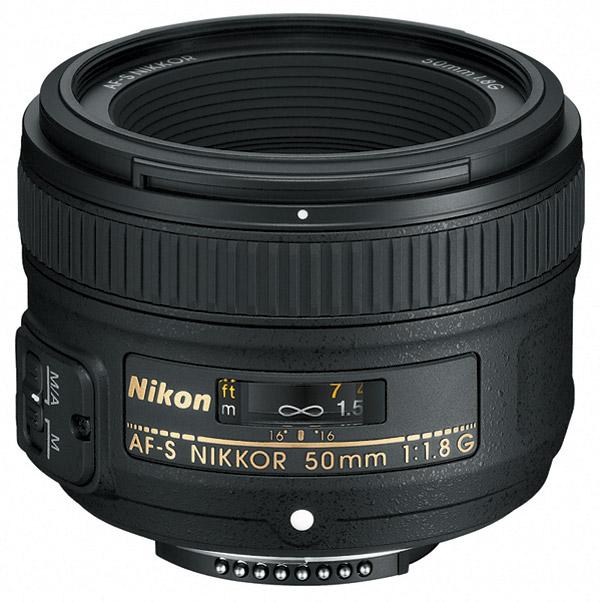
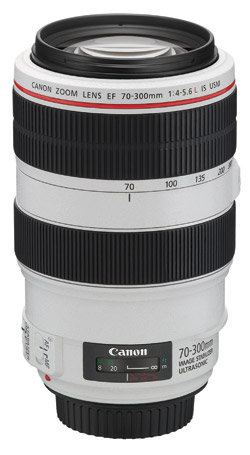 Canon offers five different 70-300mm zoom lenses in its product lineup. Why so many? They obviously think this is a popular and practical focal length range and I happen to agree. I even own one of them myself—the EF 70-300mm f/4-5.6 IS USM—but the EF 70-300mm f/4-5.6L IS USM tested is the mac daddy of ’em all. Part of the reason for its high price tag ($1599) is that it’s the only one of the five lenses that is resplendent in white paint (the better for TV cameras to see), making it part of the “L” series. (See “Just For The ‘L’ Of It.”) Canon’s L lenses typically have wide apertures fixed throughout the zoom range but in this case all five lenses in this focal length range have identical f/4-5.6 apertures.
Canon offers five different 70-300mm zoom lenses in its product lineup. Why so many? They obviously think this is a popular and practical focal length range and I happen to agree. I even own one of them myself—the EF 70-300mm f/4-5.6 IS USM—but the EF 70-300mm f/4-5.6L IS USM tested is the mac daddy of ’em all. Part of the reason for its high price tag ($1599) is that it’s the only one of the five lenses that is resplendent in white paint (the better for TV cameras to see), making it part of the “L” series. (See “Just For The ‘L’ Of It.”) Canon’s L lenses typically have wide apertures fixed throughout the zoom range but in this case all five lenses in this focal length range have identical f/4-5.6 apertures.
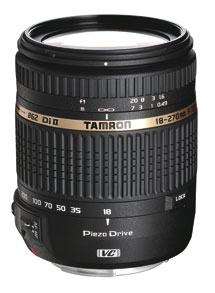 Tamron has always been a pioneer in the do-everything zoom lens category and their new AF18-270mm F/3.5-6.3 Di II VC PZD lens is no exception. Don’t be intimidated by those initials—it’s all good stuff—and I’ll get to them shortly. The 18-270mm F/3.5-6.3 is part of Tamron’s Di II family of lenses that are engineered specifically for digital SLRs with image sensors measuring 24x16mm, typically referred to as APS-C. The sensor size of the Canon EOS 50D I tested the lens with measures 22.3x14.9mm so I guess that’s close enough. The 15x zoom range of the lens provides a 35mm focal length equivalency of 28.8-432mm with the Canon EOS 50D’s 1.6x multiplication factor, but that will be slightly different for the Nikon and Sony versions that are also available. Shooting full frame? Check out Tamron’s Di lens series for 35mm film cameras or digital SLRs featuring larger (24x36mm) sensors.
Tamron has always been a pioneer in the do-everything zoom lens category and their new AF18-270mm F/3.5-6.3 Di II VC PZD lens is no exception. Don’t be intimidated by those initials—it’s all good stuff—and I’ll get to them shortly. The 18-270mm F/3.5-6.3 is part of Tamron’s Di II family of lenses that are engineered specifically for digital SLRs with image sensors measuring 24x16mm, typically referred to as APS-C. The sensor size of the Canon EOS 50D I tested the lens with measures 22.3x14.9mm so I guess that’s close enough. The 15x zoom range of the lens provides a 35mm focal length equivalency of 28.8-432mm with the Canon EOS 50D’s 1.6x multiplication factor, but that will be slightly different for the Nikon and Sony versions that are also available. Shooting full frame? Check out Tamron’s Di lens series for 35mm film cameras or digital SLRs featuring larger (24x36mm) sensors.